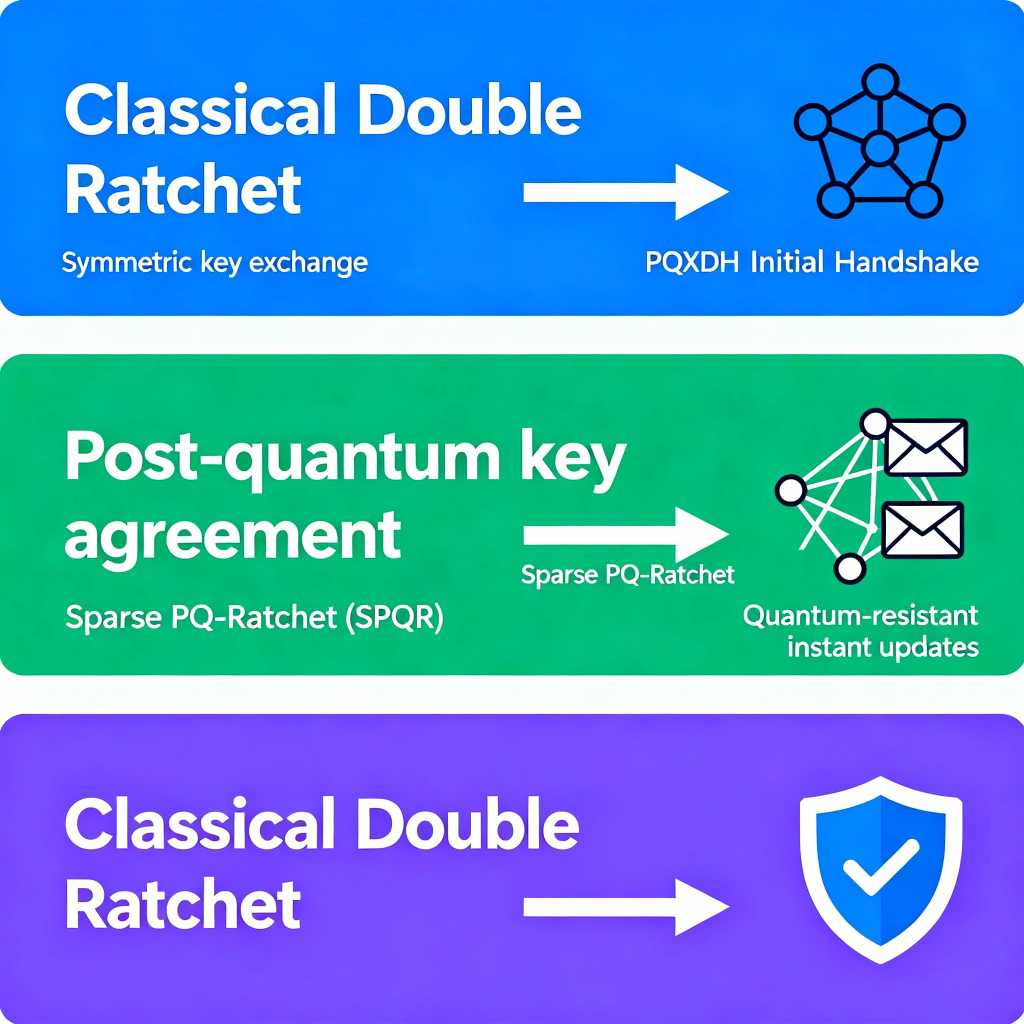The advent of quantum computing poses a significant threat to modern digital communication security, which relies on cryptographic protocols that are vulnerable to quantum attacks.
This piece explores Signal Protocol’s proactive measures to achieve quantum resistance. It details a two-phased approach, starting with the Post-Quantum Extended Triple Diffie-Hellman (PQXDH) protocol to secure initial key exchanges against “harvest now, decrypt later” attacks and then examines the introduction of the Sparse Post-Quantum Ratchet (SPQR), which forms the “Triple Ratchet” when combined with the Double Ratchet. This hybrid system provides ongoing quantum-safe forward secrecy and post-compromise security throughout a conversation’s life cycle.

Sunil Gentyala
The quantum threat to modern cryptography
Most current secure communication relies on public-key cryptography, such as RSA and elliptic curve cryptography (ECC), which are based on mathematical problems that are computationally infeasible for classical computers to solve. ECC’s security, for example, relies on the difficulty of the elliptic curve discrete logarithm problem. These systems enable the creation of a public key for encrypting messages and a private key for decrypting them.


